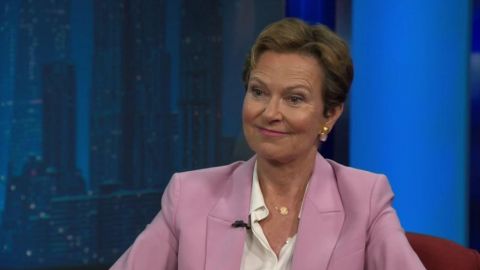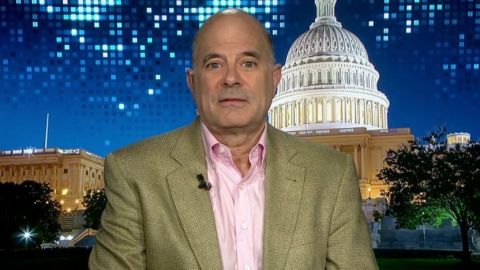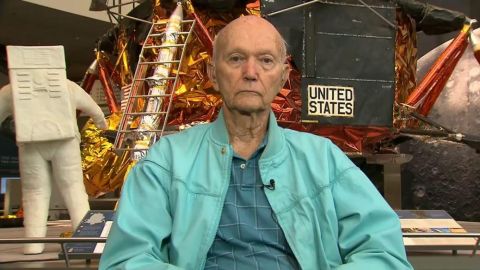Read Transcript EXPAND
CHRISTIANE AMANPOUR: But let’s talk about the details you focus on. Let’s take the space suits first because I think that’s a really fun story.
FISHMAN: So, the space suits had this remarkable task. They were really balloons. They had to carry, you know, the atmosphere of the earth or something like it for the astronauts, but they — and they had to be strong. They had to be able to withstand the strike of a micrometeorite going 36,000 miles an hour. But as — you know, as NASA insisted in its requirements, they also had to be flexible. You had to be able to get on the moon and do your work. You could make a kind of tank-like suit that would protect you but you wouldn’t be able to move in it. And this turned out to be really, really hard. And in the end, the company that NASA picked was Playtex, the maker of bras and girdles. The maker of the famous “cross your heart bra” of the mid1960s. And Playtex literally used not only its expertise in making form-fitting garments that had to be flexible, there were in the space suits, layers of material that were exactly the same as the material in Playtex bras and griddles. They actually did a brilliant job. The space suits are a perfect example. The space suits were 21 layers.
AMANPOUR: Wow.
FISHMAN: And that’s the (INAUDIBLE) each other. And they were sewn by hand, by women that Playtex brought over to its industrial division from making bras and girdles to do this sewing. Every stitch had to be perfect. Every stitch was counted. And it’s kind of remarkable to imagine that that work was done by hand. And of course, the space suits, they not only turned out perfectly. Playtex renamed that division during the race to the moon ILC, International Latex Corporation. That company still makes all of NASA’s space suits.
AMANPOUR: Oh, my God. I was going to ask you that question. Is it still Playtex or now you said it’s derivative that still makes? That is pretty incredible. But let’s get back to some of the details. I mean, I love the Playtex story. I want to say, you know, women to the rescue again, Charles. But they also — didn’t they also really, really, really work hard on getting the computer program? I mean, they hand stitched or weaved the actual computer lines. Tell me about that.
FISHMAN: Look, I think the computer that flew the spaceship to the moon is really one of the best and least told, least understood stories. When Kennedy said, “Let’s go to the moon,” in May of 1961, a small computer was the size of three or four refrigerators lined up next to each other. That was a small one. NASA could not send even one refrigerator to the moon.
About This Episode EXPAND
Christiane Amanpour speaks with Apollo 11 astronaut Michael Collins about the fiftieth anniversary of the moon landing. Charles Fishman, author of “One Giant Leap,” joins the program to discuss the men and women who helped get the first astronaut to the moon. Kati Marton joins Walter Isaacson to discuss the legacy of her late husband, the legendary diplomat Richard Holbrooke.
LEARN MORE


